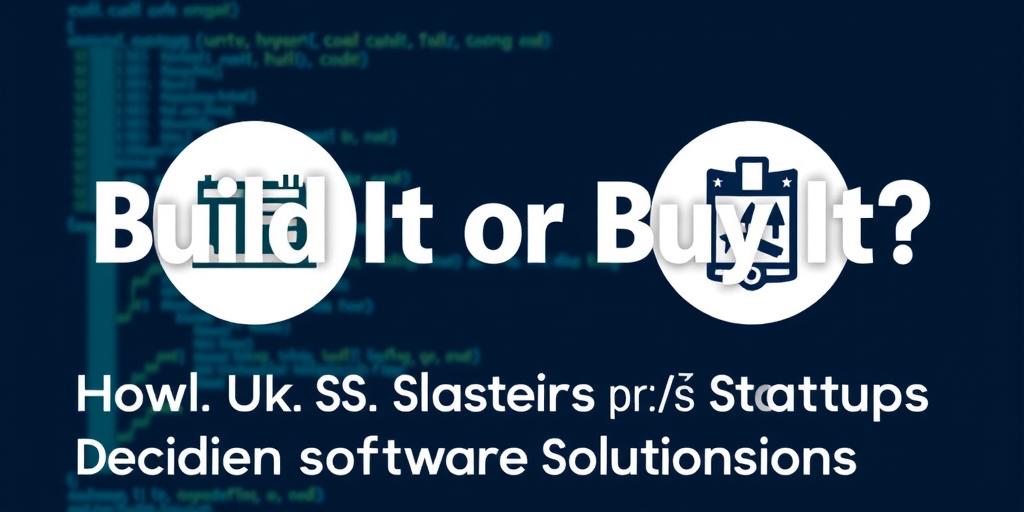Hey friends! So, you're a startup founder in the US, wrestling with a big decision: build your software in-house or buy a pre-made solution? Been there, done that! Let's dive in.
First off, let's be real. Building your own software sounds super cool, right? Like, you're crafting something unique, perfectly tailored to your needs. You envision a slick, custom-built system that'll blow your competitors out of the water. And honestly, that can be the case.
But here's the kicker: it's expensive. Seriously expensive. We're talking hefty development costs, ongoing maintenance, and a team of skilled engineers you'll need to hire and manage. Think salaries, benefits, office space… the list goes on. Plus, you're diverting resources from other crucial areas of your business.
Now, buying off-the-shelf software is the other side of the coin. It's usually faster, cheaper, and often comes with built-in features you might not even have considered. It's like getting a head start, you know? You can focus on growing your business instead of getting bogged down in technical details. And the best part? You can often find solutions that are specifically designed for startups like yours.
However, you might run into limitations. Off-the-shelf software might not fit your business perfectly. You might need to adjust your workflow to match the software, which isn't always ideal. Plus, you'll be relying on a third-party vendor, which can sometimes lead to unexpected issues or limitations.
So, how do you decide? It really depends on your specific situation. Ask yourself:
- What's your budget? Seriously, this is the biggest factor. Building custom software is a massive investment.
- What are your technical capabilities? Do you have an in-house team, or will you need to outsource?
- What are your long-term goals? A custom solution might be worth it if you plan on scaling rapidly and need something highly flexible.
- What are your time constraints? Off-the-shelf software is typically faster to implement.
Ultimately, there's no one-size-fits-all answer. It's a careful balancing act, and sometimes, the best approach is a hybrid model – combining custom-built components with off-the-shelf solutions. Pretty clever, huh?
Have you faced this dilemma? Would love to hear your take!









